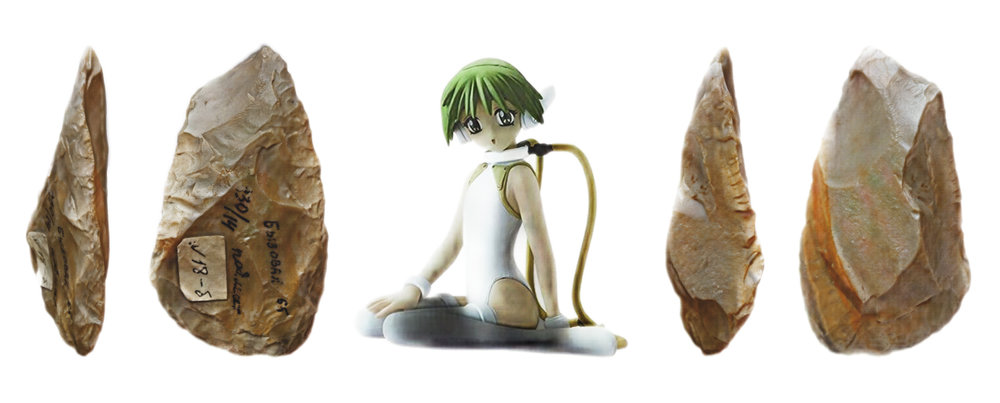g
‘Gaijin Mangaka’
The boundary-violating impulse of Japanized “art comics”
his paper investigates the artistic strategies of Japanised visual artists by examining the emerging movement of manga-influenced international “art comics”—an umbrella term for avant-garde/experi-mental graphic narratives. As a case study, I take the special issue of the anthology š! #25 ‘Gaijin Mangaka’ (July 2016), published by Latvian comics publisher kuš! and co-edited by Berliac, an Argentinian neo-gekiga comics artist. I begin by analysing four contributions in ‘Gaijin Mangaka’ to exemplify the diversity of approaches in the book, influenced by a variety of manga genres like gekiga, shōjo, and josei manga. This analysis serves as a primer for a more general discussion regarding the Japanisation of twenty-first-century art, resulting from the coming of age of millennials who grew up consuming pop culture “made in Japan”. I address the issue of cultural appropriation regarding Japanised art, which comes up even on the margins of hegemonic culture industries, as well as Berliac’s view of ‘Gaijin Mangaka’ as a transcultural phenome-non. I also insert ‘Gaijin Mangaka’ within a broader contemporary tendency for using “mangaesque” elements in Western “high art”, starting with Pierre Huyghe and Philippe Parreno’s No Ghost Just a Shell. The fact that the link to Japanese pop culture in ‘Gaijin Mangaka’ and other Japanised “art comics” is often more residual, cryptic, and less programmatic than some other cases of global manga articulates a sense of internalised foreignness, embedding their stylistic struggles in an arena of clashing definitions of “high” and “low,” “modern,” “postmodern”, and “non-modern”, subcultures and negative identity.
KEYWORDSalternative comics
art worldcultural appropriationglobal mangaJapanizationkuš!millennialspostmodernismtransculturalismtwenty-first century visual arts
This paper was accepted for publication in the open access, double-blind peer-reviewed academic journal Mutual Images (ISSN 2496-1868), specializing in the cultural influences between Europe and Japan, and was included in Issue No. 7 (2019), published on December 20, 2019 (https://doi.org/10.32926/7).
The issue features an editorial by Marco Pellitteri. My article can be accessed here.
See in CUTENCYCLOPEDIA – Grimes, Nokia, Yolandi & “Hiro Universe.
See in PORTFOLIO – Preparatory Comics & Trance Dream Techno.
REFERENCES in Gaijin Mangaka.
ABSOLUTE BOYFRIEND ; (BETAMALE) ; BLINGEE ; CGDCT ; CREEPYPASTA ; DARK WEB BAKE SALE ; END, THE ; FAIRIES ; FLOATING DAKIMAKURA ; GAIJIN MANGAKA ; GAKKOGURASHI ; GESAMPTCUTEWERK; GRIMES, NOKIA, YOLANDI ; HAMSTER ; HIRO UNIVERSE ; IKA-TAKO VIRUS ; IT GIRL ; METAMORPHOSIS ; NOTHING THAT’S REALLY THERE; PARADOG ; PASTEL TURN ; POISON GIRLS ; POPPY ; RED TOAD TUMBLR POST ; SHE’S NOT YOUR WAIFU, SHE’S AN ELDRITCH ABOMINATION ; ZOMBIEFLAT